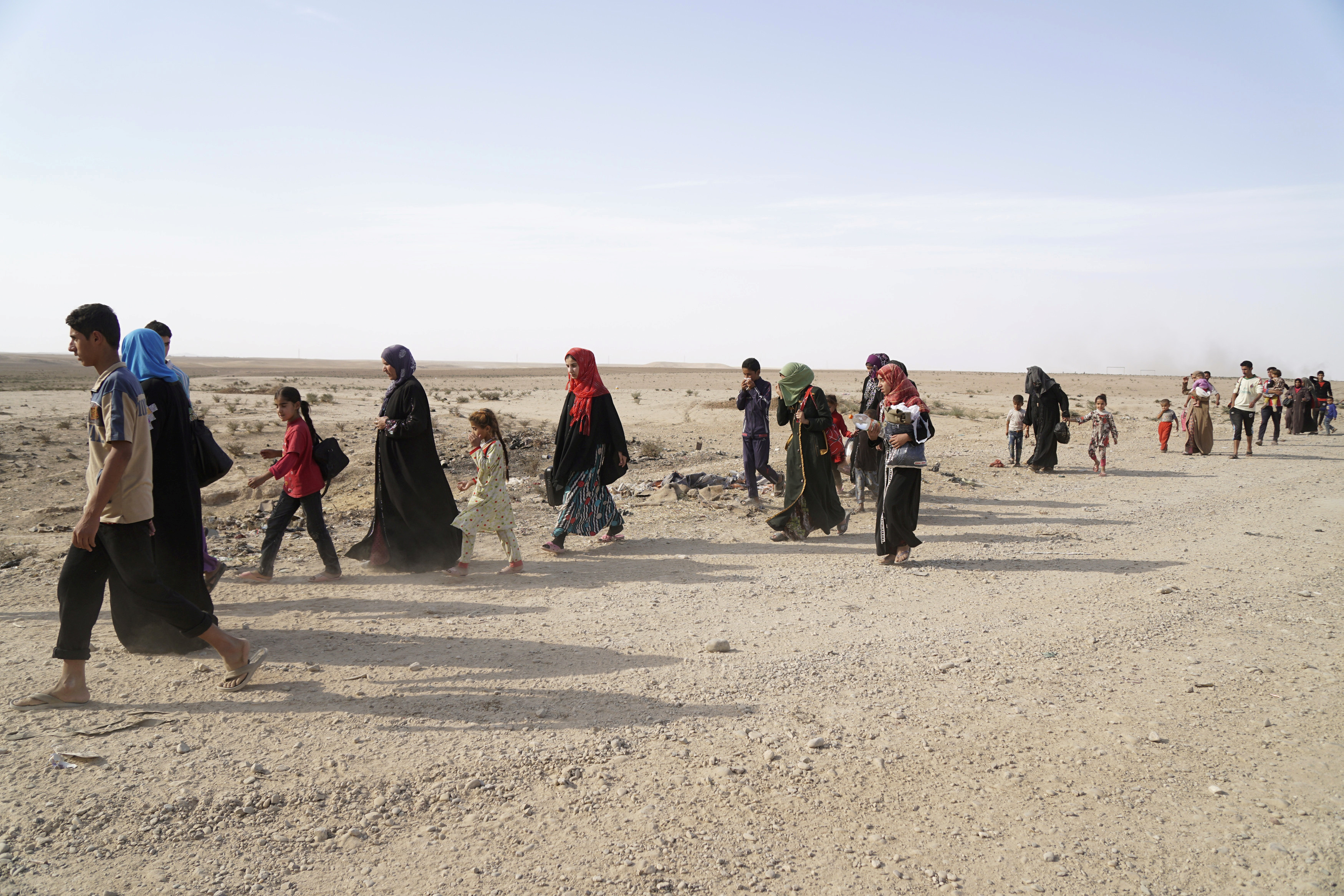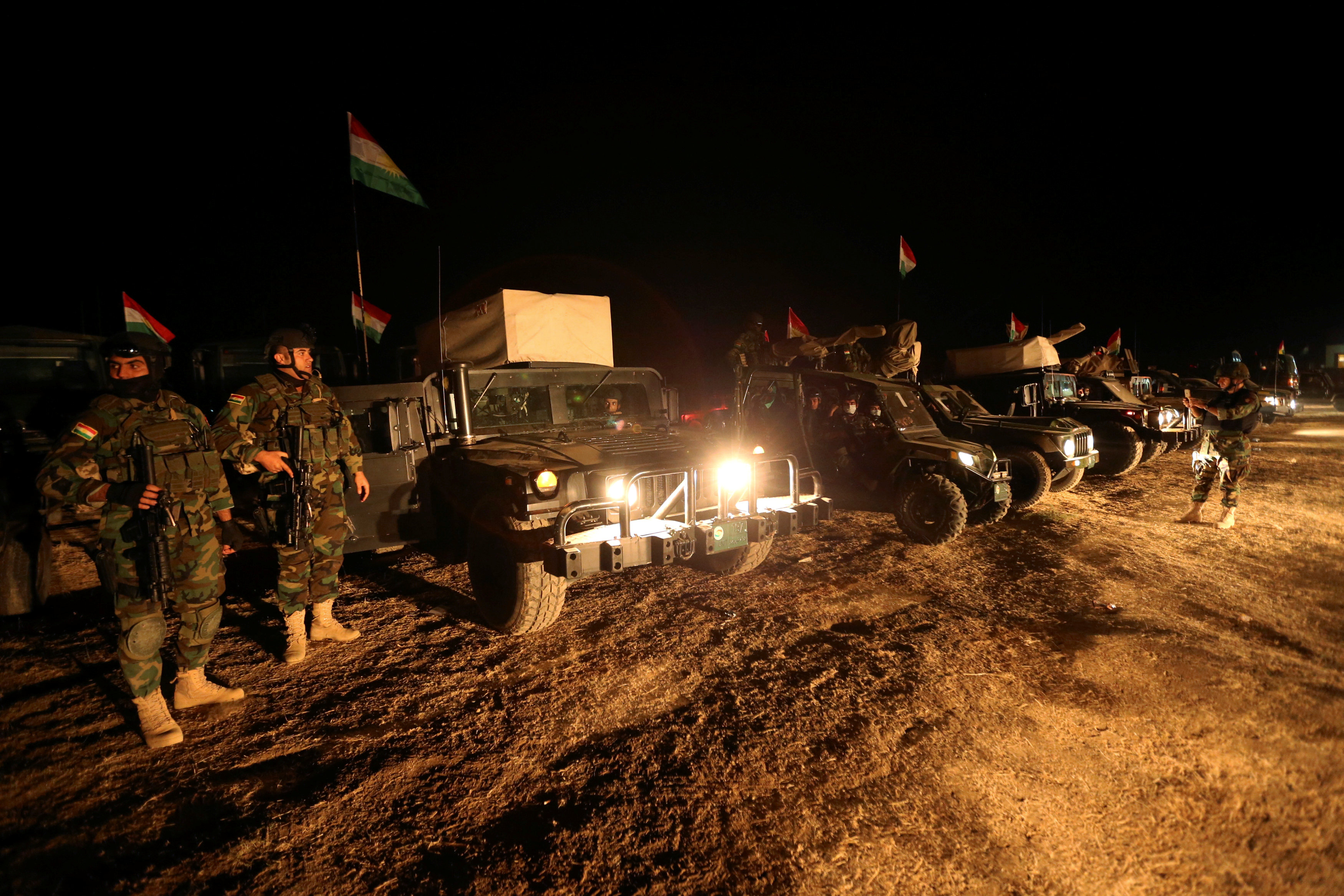
By Mohammed Ghobari and Stephanie Nebehay
ADEN, Yemen/GENEVA (Reuters) – Yemeni forces backed by the Saudi-led coalition launched on Friday a “vast offensive” to take full control of the port city of Hodeidah, the internationally recognized government based in the southern city of Aden said.
The announcement came as the United Nations High Commissioner for Refugees (UNHCR) warned that many people remained trapped in the city by the fighting. It also said nearly half a million people have fled the area since June.
“A military operation has begun and the national army forces have advanced towards the north and the western sides of the city of Hodeidah, progressing on all fronts with the support of the Arab coalition,” the government said in a statement.
“Fierce battles are taking place at these moments.”
The Red Sea port of Hodeidah has become a key battleground in Yemen’s nearly four-year-long war, which pits the Saudi-led coalition against the Iran-allied Houthis, who control the capital Sanaa. The Houthis have held Hodeidah since 2014.
Hours after Friday’s announcement of a new offensive, residents said the progress of coalition forces appeared limited. They said the Houthis had withdrawn from a hospital in the eastern suburbs of Hodeidah where fighting has been concentrated in recent days but they remained in the area.
The Houthis raided the May 22 hospital earlier this week, posting gunmen on its rooftop, according to rights groups who voiced alarm for the fate of the medical staff and patients.
U.N. bodies have warned that an all-out attack on Hodeidah, an entry point for 80 percent of Yemen’s food imports and aid relief, could trigger famine in the impoverished state.
The United States and Britain, which provide arms and intelligence to the Saudi-led coalition, have stepped up calls for a ceasefire in Yemen, raising pressure on Riyadh as it faces a global outcry over the murder of a prominent Saudi journalist in the Saudi consulate in Istanbul on Oct. 2.
UNHCR ALARM
The UNHCR expressed alarm over the fate of unknown numbers of people trapped in Hodeidah by the latest fighting.
“As testament to how dire the situation is, some 445,000 people from al-Hodeidah Governorate have been forced to flee since June, according to UN data,” spokeswoman Shabia Mantoo told a news briefing in Geneva on Friday.
Some of them have fled to other parts of Hodeidah province and some to other areas of Yemen, she told Reuters.
The province of Hodeidah, including the port city, had a population of 2.6 million in 2011, four years before the civil war erupted, according to Yemeni statistics.
“While the number of those remaining in Hodeidah city is difficult to gauge, UNHCR is worried that people needing to flee for safety aren’t able to do so. They are trapped by military operations, which are increasingly confining populations and cutting off exit routes,” Mantoo said.
The UNHCR appealed to all sides to allow access to its warehouse stocked with emergency shelter and essential aid items that it said had been cut off by an active front line.
The U.N.’s World Food Programme (WFP) said on Thursday it planned to double its food assistance program for Yemen, aiming to reach up to 14 million people “to avert mass starvation”.
Saudi Arabia is leading a Western-backed alliance of Sunni Muslim Arab states to try to restore Yemeni President Abd-Rabbu Mansour Hadi and his internationally recognized government that was ousted by the Houthis in 2015.
The government has fled to Aden, but Hadi and other cabinet members are based in the Saudi capital Riyadh.
The United Nations has no up-to-date estimate of the death toll in Yemen. It said in August 2016 that according to medical centers at least 10,000 people had been killed.
The United Nations’ Yemen envoy Martin Griffiths hopes to convene Yemen’s warring parties for peace talks by the end of the year.
(Additional reporting by Mohammed Mukhashef in Aden and Maher Chmaytelli in Dubai; Editing by Gareth Jones)










